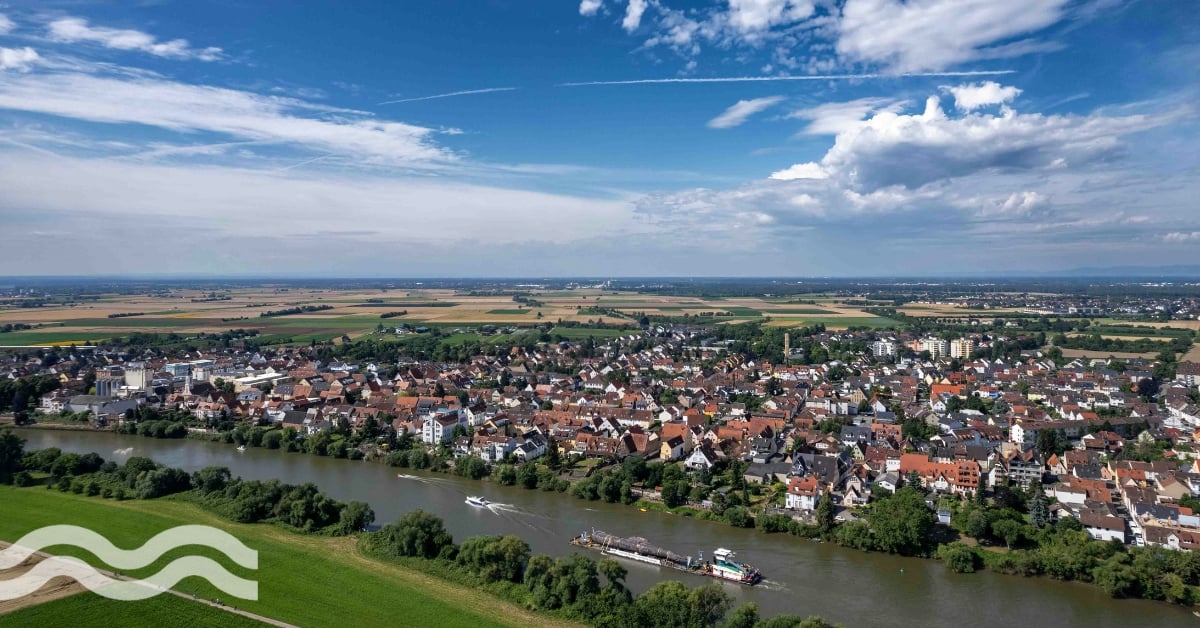Cloud computing sales platform targets water resilience
US-based tech giant Salesforce is addressing its impact and dependence on freshwater with its first water programme, which focuses on managing risk and driving sustainable water use across three interconnected pillars of the company's operations: resilient data centres; a resilient power supply; and resilient watersheds.

What is Salesforce, and why should it care about water?
Salesforce, a company supplying customer-relationship management (CRM) software, has introduced a water programme into its existing Nature Positive Strategy. While this may not seem like huge news, a closer look at Salesforce’s business model reveals the impact this could have on water in the areas the company operates.
Around the world, more than 150,000 businesses use Salesforce software. This equates to roughly 1.3 billion transactions per day. All taking place in the Cloud. Every one of those transactions takes place in data centres.
According to a report on the Analytics Insight website, each of the company’s key components has its own cloud: Sales; Marketing; Service and support; Commerce; and Analytics.
As well as transactions and storage, the company also offers AI-driven assistance in the form of predictions and lead-scoring, among other things.
With the eyes of the world on the water used for data centre cooling, and for the power generation needed to keep the servers working, it is easy to see why Salesforce might want to assess its impact and dependence on water. In doing so, it follows a path that tech giants like Apple, Microsoft and Google have been travelling over the last few years.

What has Salesforce said about water use?
Although this marks the company’s first water programme, the company has previously addressed water usage. In 2015, San Francisco became the first city in the US to require large new buildings to install and run water reuse systems to capture dirty water from pipes and rainwater to be used for flushing and irrigation. Salesforce has often been cited for its efforts to install a reuse system that saves 30,000 gallons of freshwater a day, equalling 7.8 million gallons in a year.
Salesforce’s journey to becoming more water resilient began with a ‘materiality assessment’, which highlighted water as the company’s biggest nature-related challenge, both today and for the foreseeable future. Managing risks associated with water use and dependence, the company states in its Nature Positive Strategy, will be critical to the company’s long-term viability.
What will its water programme achieve?
In creating the strategy, Salesforce has recognised that water is critical to the company’s future, both in terms of resource and brand perception. The company recognises that its data centres can have a negative impact on local freshwater supplies and that reduced availability will harm financial performance. Other considerations include the cost of treating water and potential disruptions to core office operations.
Risk is being assessed against three core, interconnected pillars that underpin the company’s overall performance:
Resilient data centres: Establishing sustainable water withdrawal and discharge expectations for priority first- and third-party data centres, and engaging cloud partners to improve transparency and performance. The company has acknowledged that its biggest water use and its major risks are associated with sites and activities it does not directly control, and that gathering consistent and reliable data from these sites will be difficult. As such, the company’s water resilience plans depend to a large extent on third parties.
Resilient power supply: Addressing the water intensity of electricity generation by advancing clean energy procurement and grid decarbonisation in priority regions. One of the biggest challenges for this pillar is that power generation for third-party data centres is hard to influence directly, and a high degree of collaboration is required.
Resilient watersheds: Investing in nature-based solutions, such as reforestation and groundwater recharge, to improve water availability and quality in the ecosystems surrounding the company’s priority offices and data centres. As such, in its water strategy, the company has committed to building upon its existing 100 million tree commitment, in a bid to increase groundwater recharge, reduce runoff, and improve water quality at those priority locations.
How does Salesforce identify water risk?
Given the challenges mentioned above, Salesforce has taken a two-step approach to identifying water risks in its business. First, it uses indicators from the World Resources Institute (WRI) to evaluate water risk at its key operational sites, including its own offices, but also at first-party data centres, where space is leased, and in the regions where its third-party data centres are located.
It then prioritises locations for water stewardship programmes by integrating this risk with its own data, which includes operational timelines, employee headcount at each site, and water and energy use.
When risk is identified, the company identifies opportunities in that watershed. For example, the company recently shared examples on its LinkedIn page, including one in Brazil, where it is working with Conservation International’s Conservador das Águas project, helping to restore springs and riparian zones, increase native vegetation, and create ecological corridors that improve water quality and strengthen watershed resilience in the Jaguari River Basin, which is a vital water source for nearly nine million people in São Paulo state.
.jpg?h=628&iar=0&w=1200)



